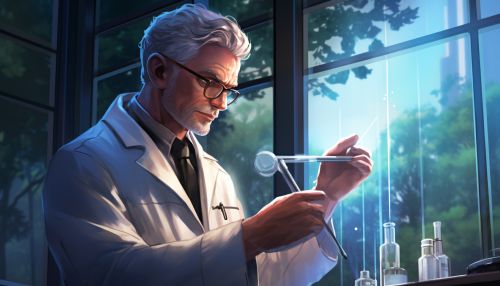Drug Discovery
Introduction
Drug discovery is a complex and multifaceted process that involves the identification of candidates, synthesis, characterization, screening, and assays for therapeutic efficacy. It is the process by which new candidate medications are discovered. This process involves a wide range of scientific disciplines, including biology, chemistry, and pharmacology.
History of Drug Discovery
The history of drug discovery is as old as medicine itself. From the use of plant-based remedies in ancient times, to the systematic, scientific investigation of the properties and effects of compounds in the modern era, the quest for new and effective treatments for human disease has been a constant in human history read more.
Drug Discovery Process
The drug discovery process is a rigorous and systematic examination of thousands of compounds to identify suitable candidates for development as new medications. This process can be divided into several stages: target identification, target validation, lead identification, lead optimization, preclinical development, and clinical trials.
Target Identification
Target identification is the first step in the drug discovery process. In this stage, researchers identify a biological target, such as a protein or gene, that plays a key role in the disease process. The target is typically a molecule in the body that the drug will act on, either by blocking or activating it.
Target Validation
Once a target has been identified, it must be validated. Target validation involves demonstrating that a particular target is indeed involved in the disease process and that modulating the target can alter the disease process in a beneficial way.
Lead Identification
After a target has been validated, the next step is lead identification. This involves screening large libraries of compounds to identify those that interact with the target. These compounds, or "hits," are then further evaluated for their suitability as drug candidates.
Lead Optimization
The hits identified in the lead identification stage are then optimized to improve their drug-like properties. This can involve modifying the chemical structure of the compound to improve its potency, selectivity, and pharmacokinetic properties.
Preclinical Development
Once a lead compound has been optimized, it enters preclinical development. In this stage, the drug candidate is tested in vitro and in animal models to evaluate its safety and efficacy.
Clinical Trials
If a drug candidate passes preclinical testing, it then enters clinical trials. Clinical trials involve testing the drug in humans to evaluate its safety, efficacy, and optimal dosage.
Challenges in Drug Discovery
Despite advances in technology and understanding of biological systems, drug discovery is still a lengthy, "expensive", complex, and inefficient process with low rate of new therapeutic discovery. Challenges in drug discovery include the high cost of research, long development timelines, the lack of predictability of many preclinical models, and the difficulty of demonstrating safety and efficacy in clinical trials read more.
Future of Drug Discovery
The future of drug discovery lies in the development of new technologies and approaches to improve the efficiency and effectiveness of the process. This includes the use of high-throughput screening techniques, computational modeling and simulation, and personalized medicine approaches.
See Also


